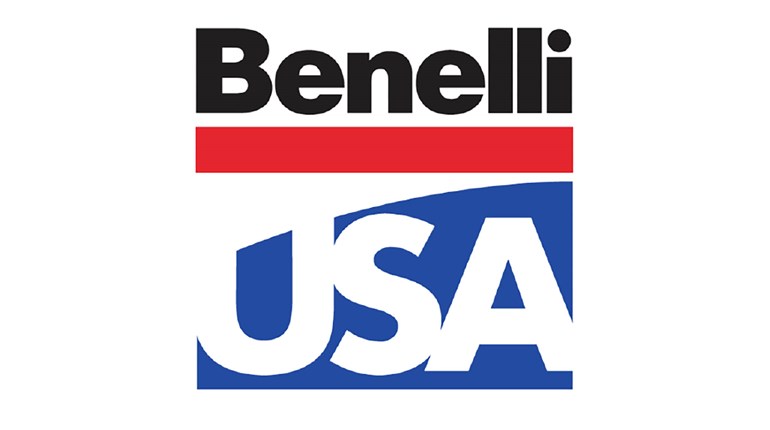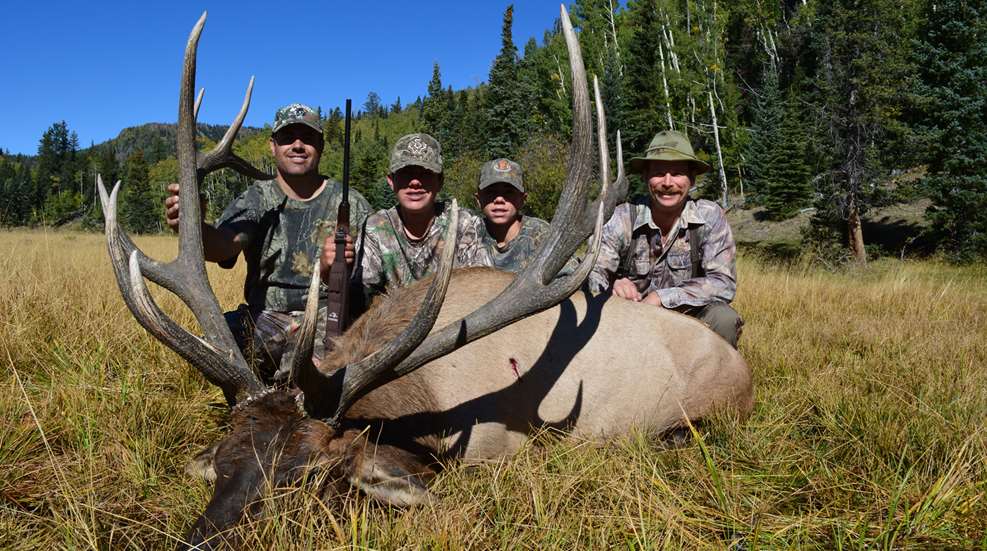
“You’ll never draw that tag.”
I hated to say it, but there it was; an honest answer to my 12-year-old son’s question about hunting our birth state of Utah. I lived and hunted there for 43 years, but now tags have gotten so difficult to obtain that it’s almost impossible to plan a hunt. Statistically, if my son starts applying now he will not be a top point-holder for elk–necessary to draw a tag on the mountain where we lived–until he is well over 100 years old. That’s pretty long in the tooth to be climbing mountains and toting a rifle through the elk woods. And it’s ridiculous to expect a kid to start applying now so that he can draw in 90–100 years.
“Well what about the random tags?” some say. “He could always get lucky and draw one of the random tags!” That’s true; he does have a chance. About the same chance he has of marrying the next Queen of England. It could happen. He could beat out the other tens of thousands who also hope to draw that tag.
Unless you have a veritable mountain of points already built up, I repeat: “You’ll never draw that tag.”
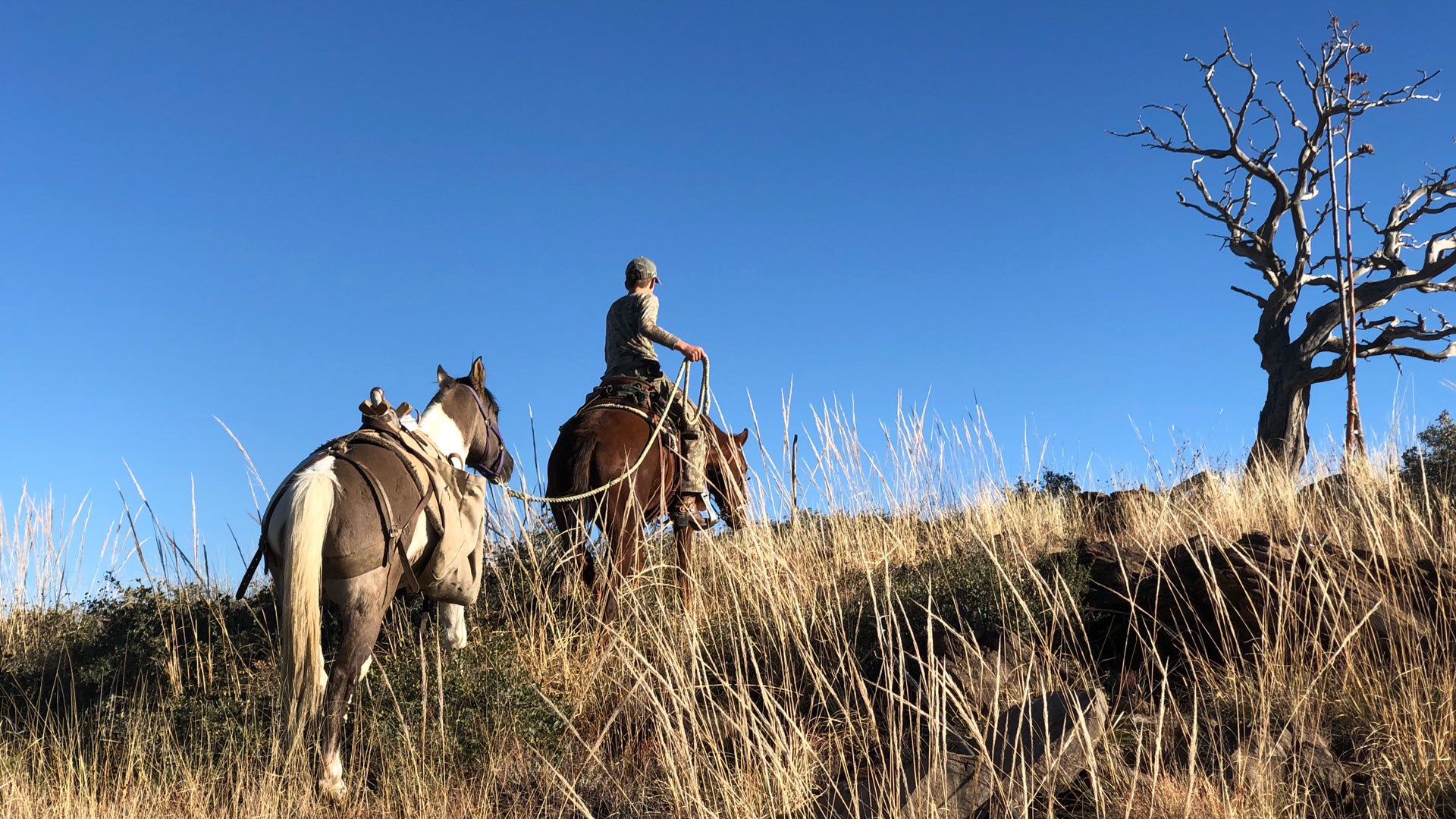
It’s a dismal perspective, to be sure. But it’s a fact, and unhappy as the fact is we must come to terms with it. Human populations in western states are exploding, big game habitat is converting to people habitat (read housing subdivisions and urban sprawl), wolves are present in many areas and must eat (they don’t have to apply for a tag to go hunting), and there’s been a decades-long decline in mule deer numbers across most states. All these things contribute to a supply and demand problem that’s rapidly escalating. There is simply not enough game to go around anymore. This problem is exacerbated by the fact that many western states now focus most of their resources on providing quality rather than opportunity for hunters. This is a double-edged sword because on the one hand it provides top-tier hunting and the state can auction “conservation” tags for unholy amounts of money. These funds can then benefit wildlife in the form of habitat improvement, wildlife drinkers and such. But on the other hand this strategy reduces—and in many cases eliminates—the blue-collar class’s ability to hunt those top-tier areas. Just like my son. Unless he comes up with roughly the same amount of discretionary funds needed to purchase a nice house and then uses it to buy an auction tag, his chances of hunting our home elk unit are about 0.000001. That, indeed, is dismal.
“You’re just bitter!” Some will say. And it’s true. I despise the fact that I can no longer hunt the mountains and canyons where I grew up. To my way of thinking it’s tragic that all across America, hunters young and old are struggling to find a place to hunt. But it’s a fact, and we must learn to cope.
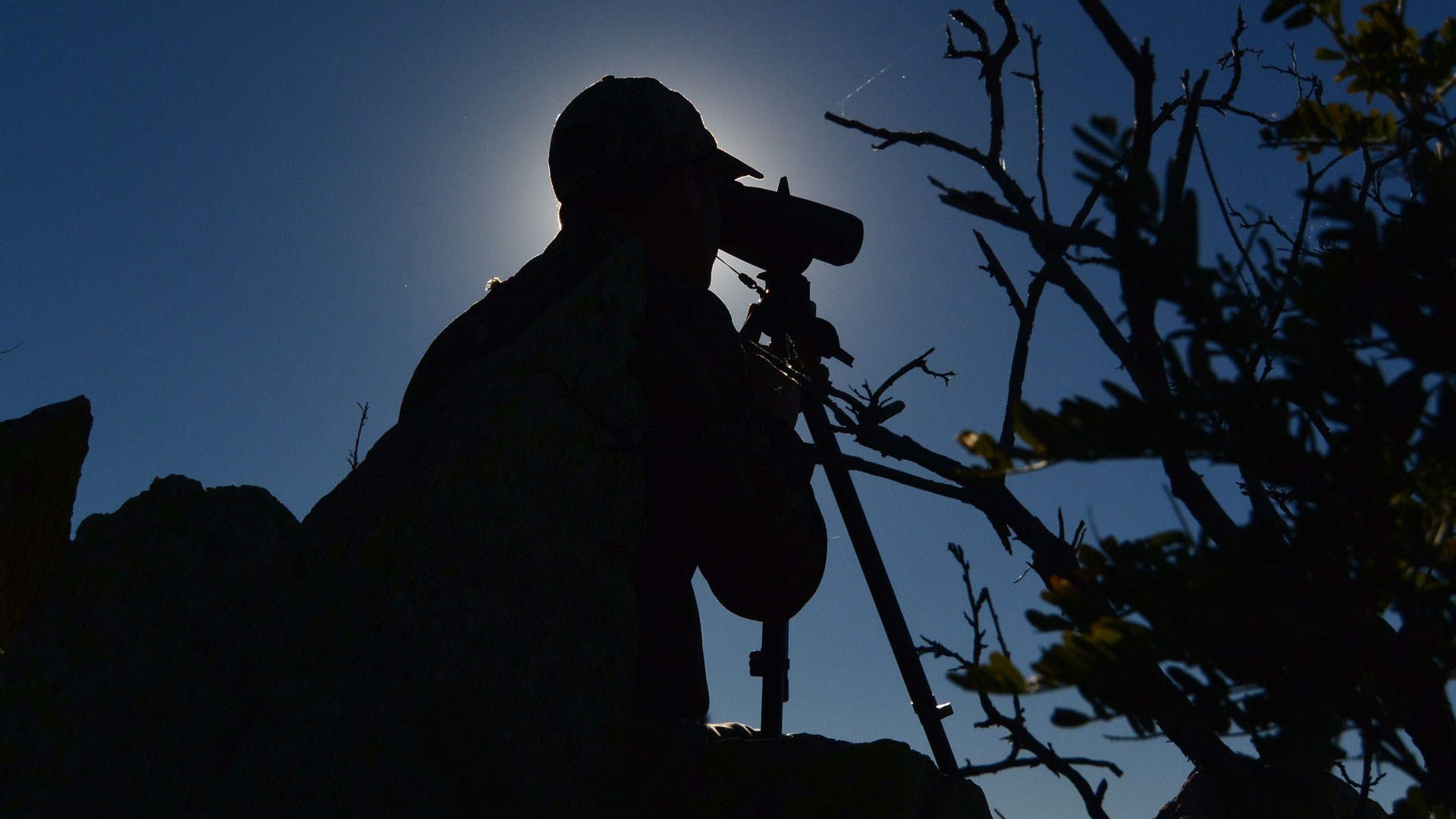
Point Creep
An explanation of “point creep” is in order. I don’t profess to be an expert, and we don’t have room (it would take an entire magazine) to study the subject in depth, so I’ll try to keep it simple. Here’s a generalized example of what’s happening in every state and almost every unit that utilizes points in their tag application system:
Scenario: Limited tags are available for a great elk unit, leaving many applicants empty-handed after the draw. We decide to award them points, which should help them draw next go-around. Let’s put some theoretical numbers to this:
100 tags.
1000 first-year applicants.
Going into year two we will have 900 applicants with one point, plus perhaps 300 new/additional applicants. For simplicity, lets say there are no random tags and all tags are allocated to high point holders. So after we allot our 100 tags on year two we now have 800 hunters with two points and 300 with one point. Year three adds 400 new applicants. We now have 700 hunters with max (three) points, 300 with two points, and 400 with one point. Ten years into this we finally fill all the original applicants. More and more hunters keep applying every year, and we’ve got the perfect storm on our hands. It will continue to take several years to fulfill each level of point holders, and we will inexorably get further behind. We’ve come to know this phenomenon as point creep.
Now, this is an extreme example, and it’s not quite so bad in many areas. For example, as of now (spring 2022) I can statically draw a non-resident general rifle deer tag in the Utah area where I grew up with five points–meaning every sixth year. (Of course, by the time six more years have passed it’ll likely take eight points…) When I was a kid I could buy the same tag OTC for ten bucks.
You see why I’m depressed about this. Point creep is real, folks. It varies hugely by state and unit, but it is slowly, inexorably, choking us out.
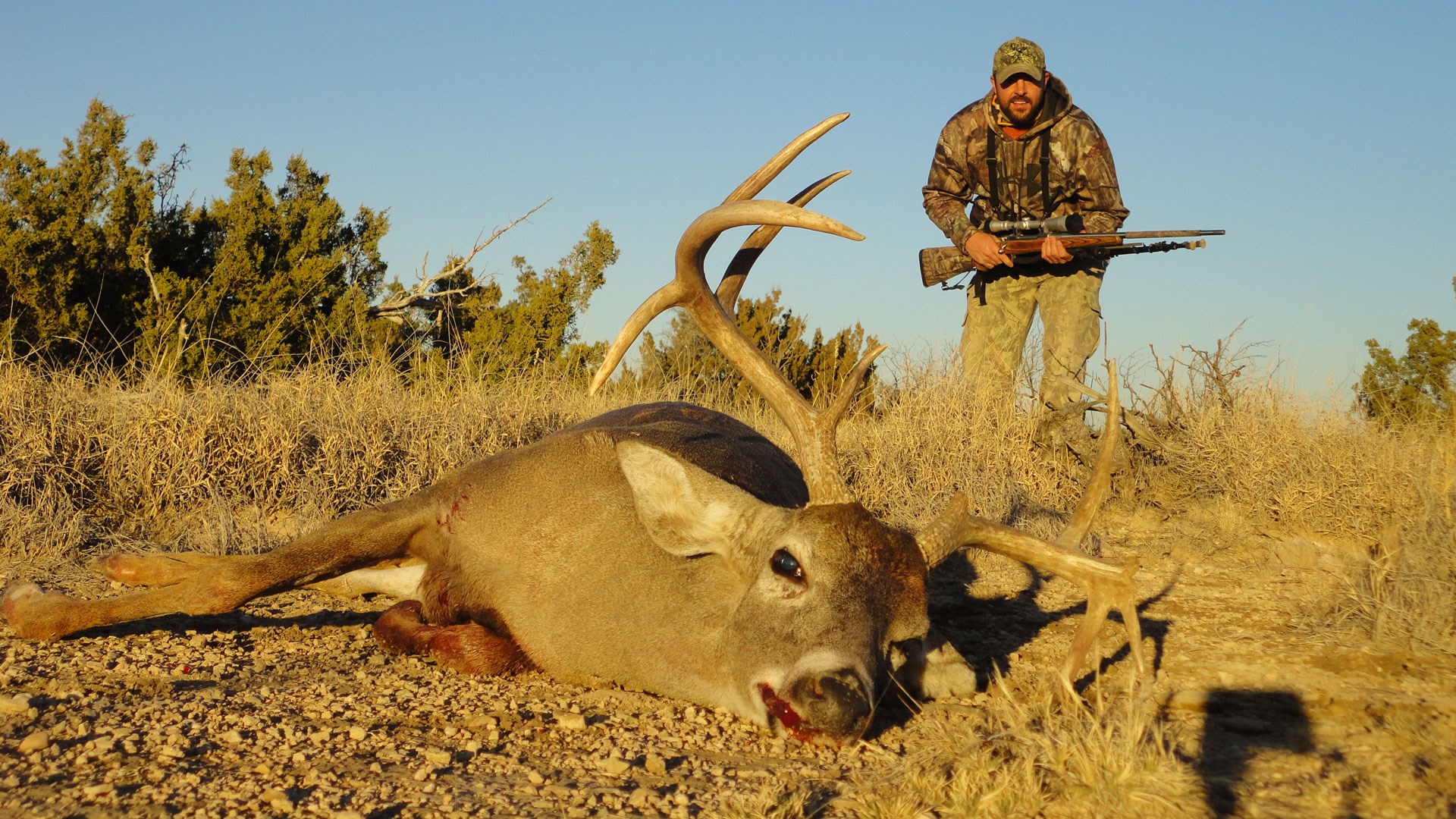
How to Cope
You can join the multitudes of would-be hunters who apply for limited-draw tags across a gamut of western states. Signing up with a hunt application service that does the research and completes your applications for you can reduce the time you spend, and it can help your odds, but you’re still competing in a lottery that only provides a few tags to thousands of hunters. If you have the money to spare, do it. But keep in mind that most years your money is just a donation.
If, like me, you still want to hunt on a regular basis and still depend upon wild meat to pleasure your palate and fill your freezer, you’ll need to consider alternative opportunities. Here are some ideas:
Buy Land: If you live in a state that’s located in the eastern two-thirds of our nation and comprised mostly of private land, tags are probably still available over-the-counter. Land is always a solid investment, so if you can, find and purchase a bit of good land. Even just ten or fifteen acres will provide you with a place to hunt.
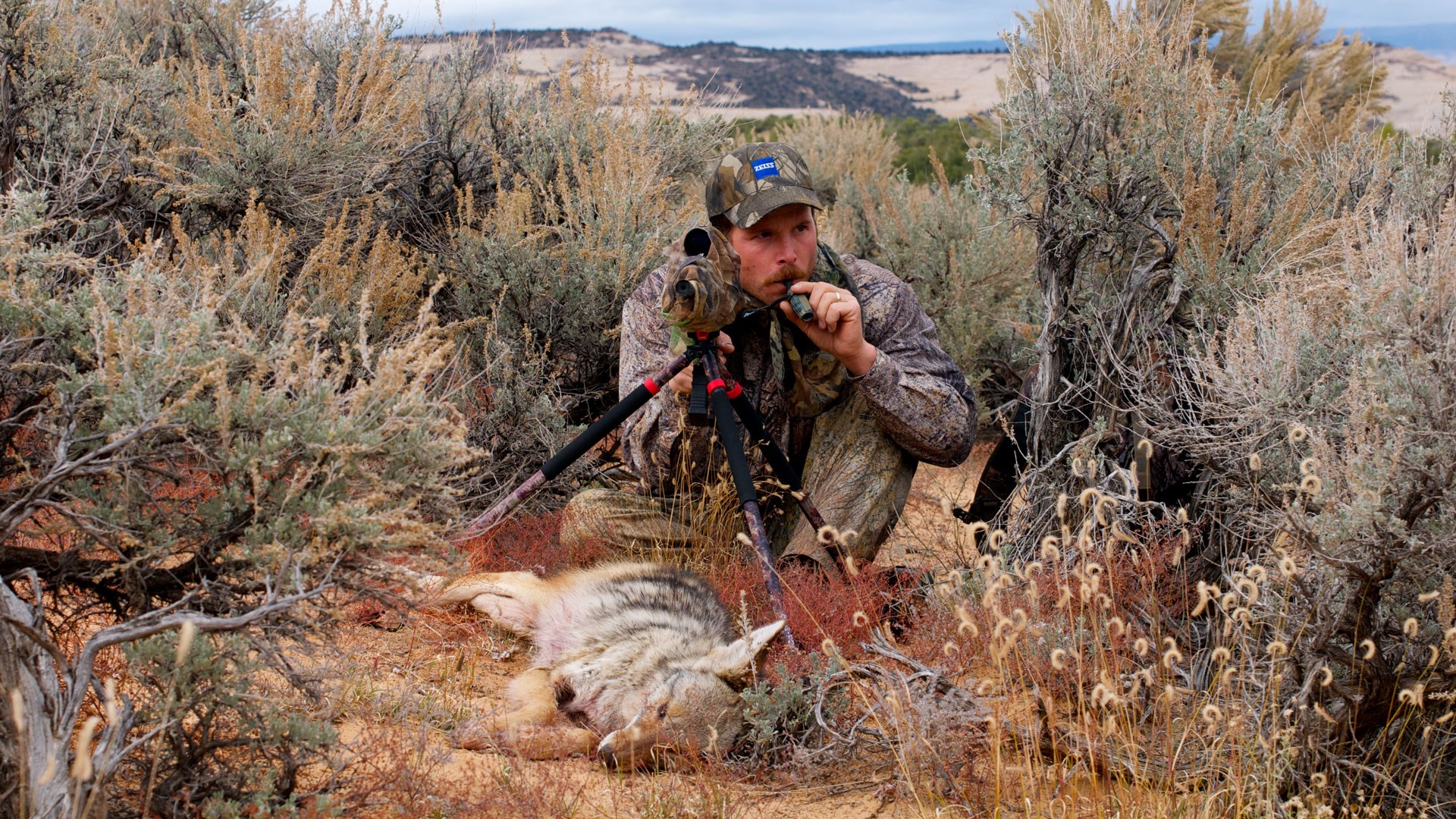
Hunt Small Game: Turn your focus to hunting the small stuff. Even in the west, hunting licenses for small game and waterfowl are still available over-the-counter. And private landowners are often more apt to grant permission to pursue rabbits, squirrels and birds than they would be if you asked to hunt deer. Small game can provide awesome table fare, and it’s great fun to hunt.
Hunt Predators: Similar to small game, licenses to hunt predators are readily available. In fact, small game and predators often share the same paperwork. There is ready access to millions of acres of public land across the west that offers good hunting for coyotes, bobcats, fox, and other critters. Just because you can’t draw a fancy elk or deer tag doesn’t mean you can’t enjoy a good western hunt.
Go Outfitted: Many states offer tags available through licensed outfitters. If you purchase one of these tags you must hunt with the outfitter, but at least you will be hunting. And if you compare the cost of a guided hunt to the financial burden created by applying in a half-dozen states every year for years on end, that guided hunt suddenly looks more affordable.
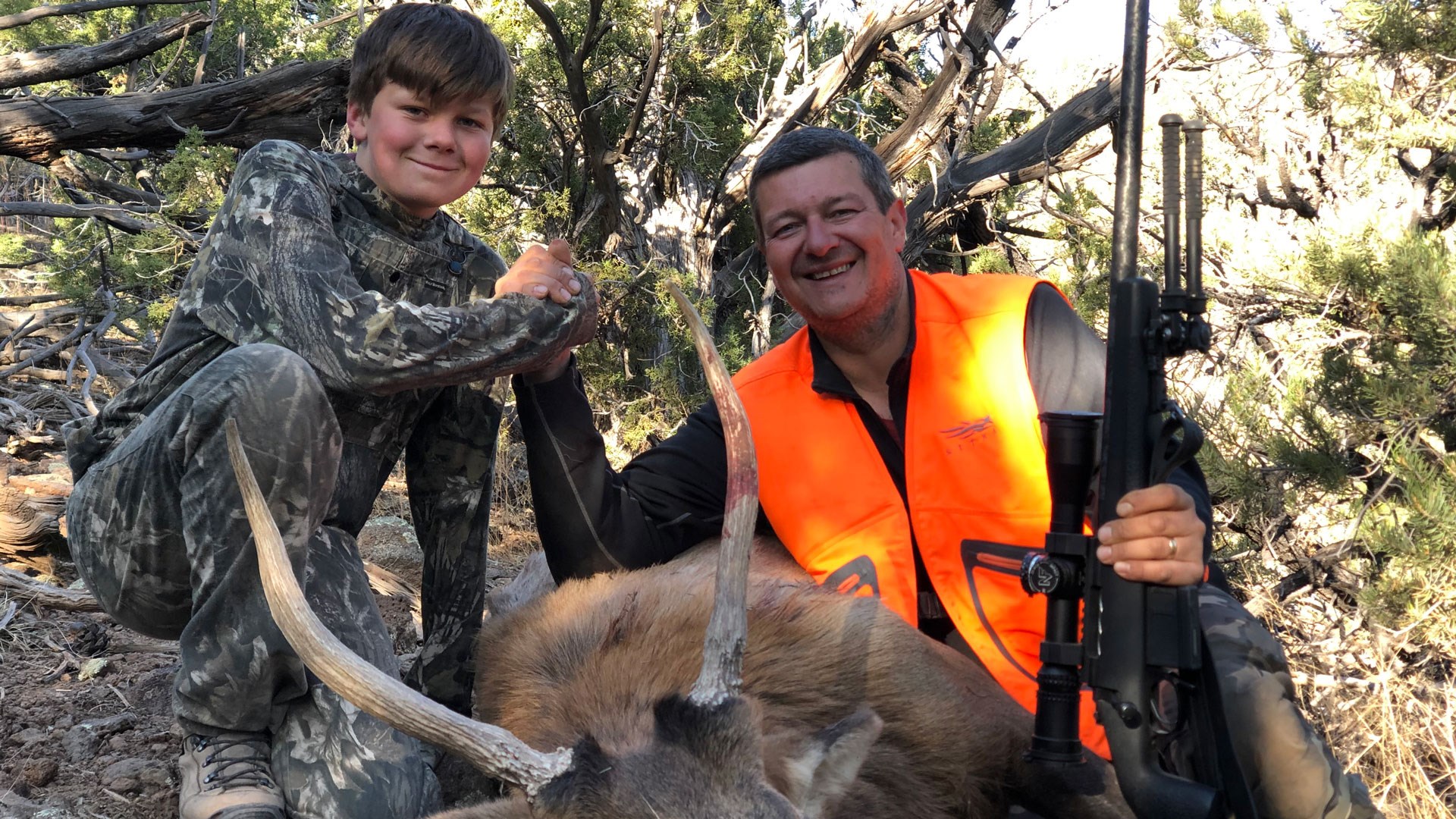
Hunt Spike & Cow Elk: In most states you can buy or have good odds to draw a cow elk tag. Some states, like Utah, are silly enough to intentionally kill off most of their bull elk as yearlings. You can buy an over-the-counter spike bull tag and hunt the same units as the guy who draws that once-in-many-lifetimes trophy bull tag. It can be an awesome hunt, and cow and spike elk meat is as good as it comes.
Hunt Hogs: One species of game NOT in decline is feral hogs. We don’t have many in the west–although there are good numbers in California–but most of the South is overrun with pigs. A little research can turn up good public-land hunting, and of course there are always farmers and ranchers that appreciate some help controlling their local hog population. If neither of those options pan out, simply shell out a bit of cash for access or a guided hog hunt. They are not expensive, relatively speaking.
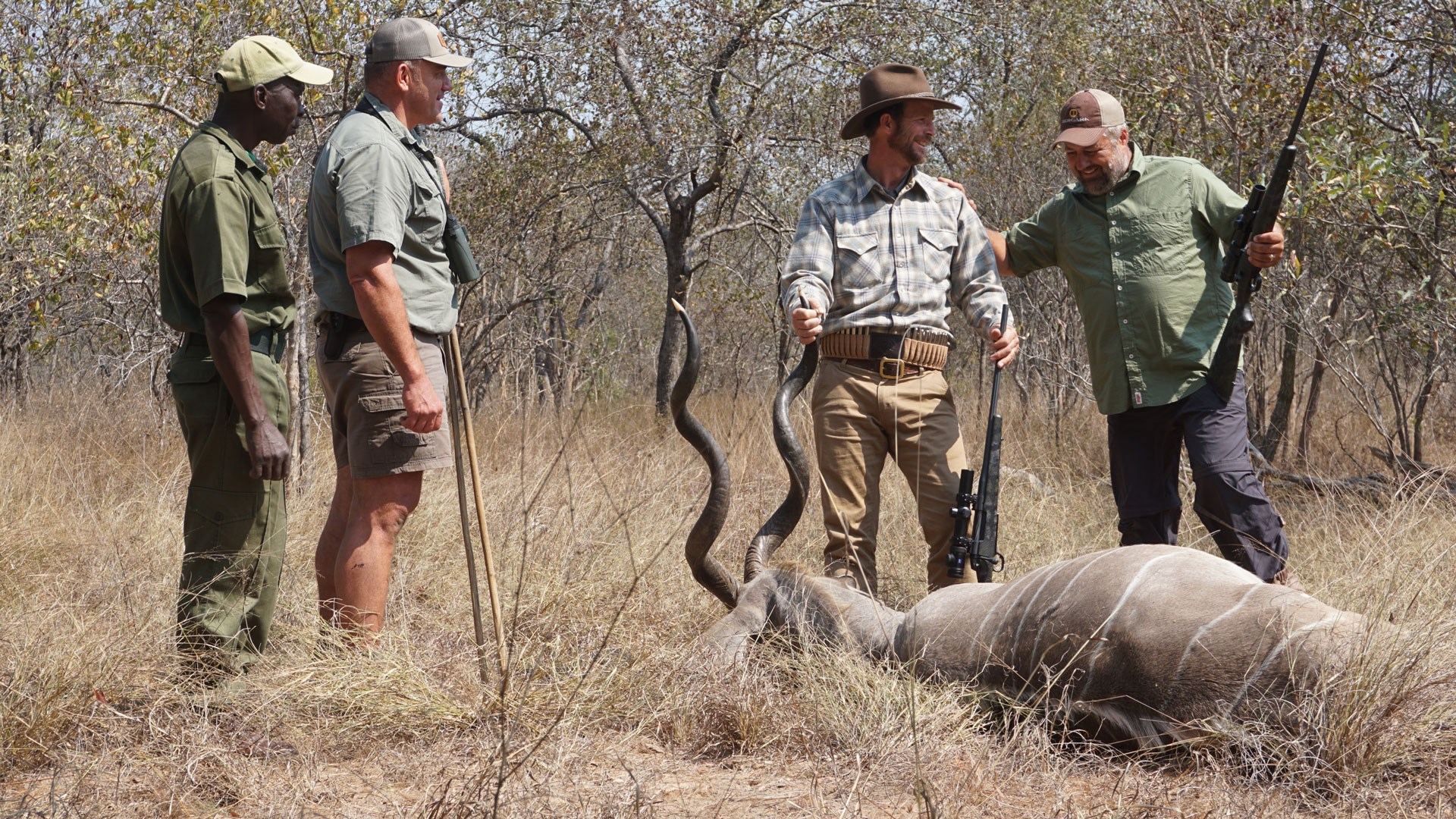
Hunt Africa: For the same price as a quality guided western elk hunt you can enjoy a good plains game safari in Africa. You’ll get to shoot a lot more game, too. Hospitality is an art form on the Dark Continent, so you’ll be well taken care of. The only downside is that you can’t bring any meat home.
Hunt With A Bow: The doors are slowly closing on this opportunity, but currently you can still buy good OTC archery elk and deer tags in many western states. It’s tough hunting and you’ll need to be in good shape, but these hunts can be awesome.
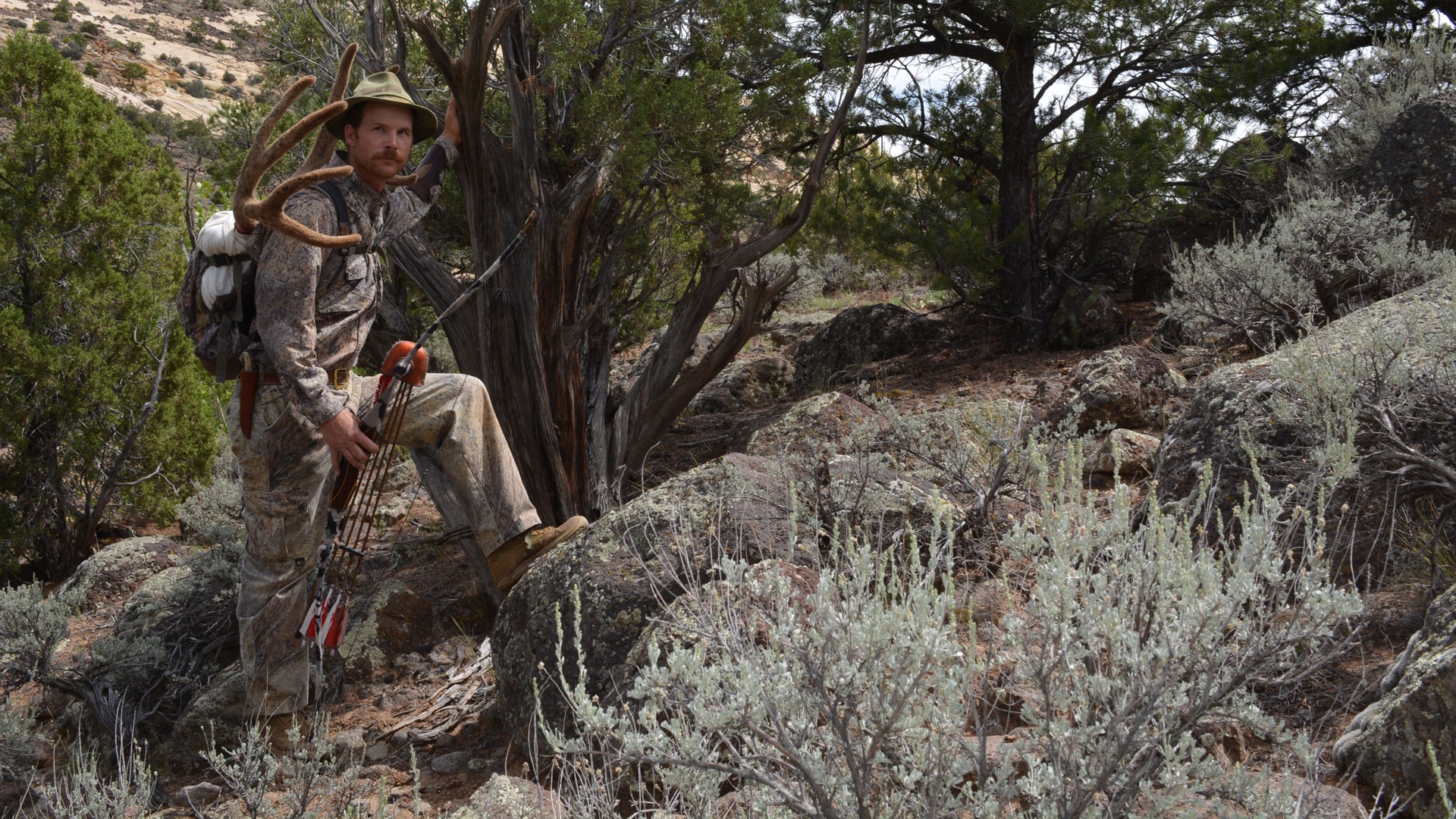
Go Even Further West: Surprisingly, some of the best tag availability is found in the west-coast states. California offers blacktail and black bear hunting on OTC tags, and hunting can be superb if you’re able to access backcountry areas. It’s not really a trophy hunt, but it is a hunt. To me, that’s just as important.














